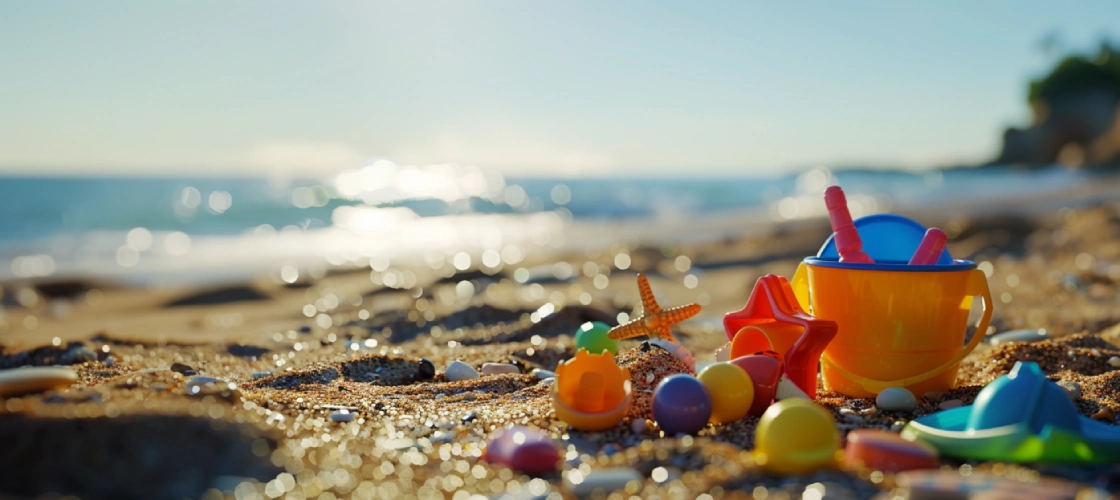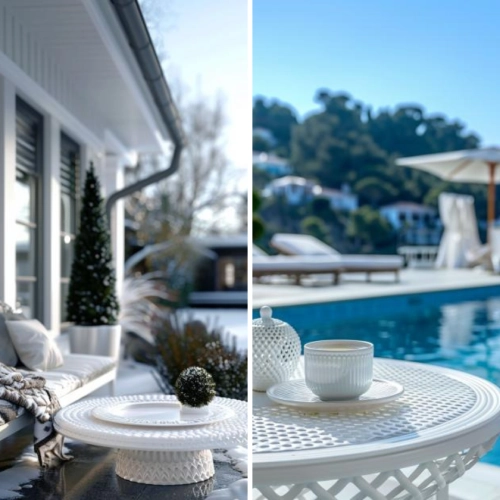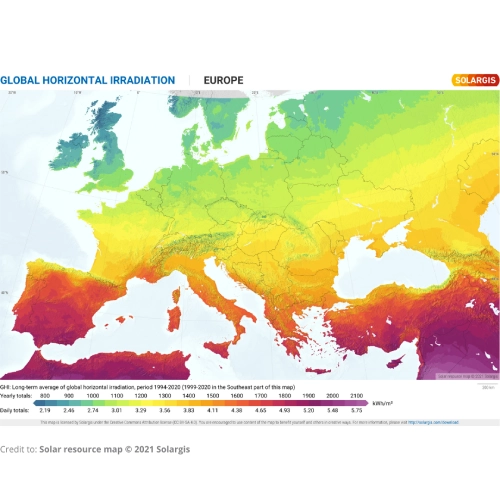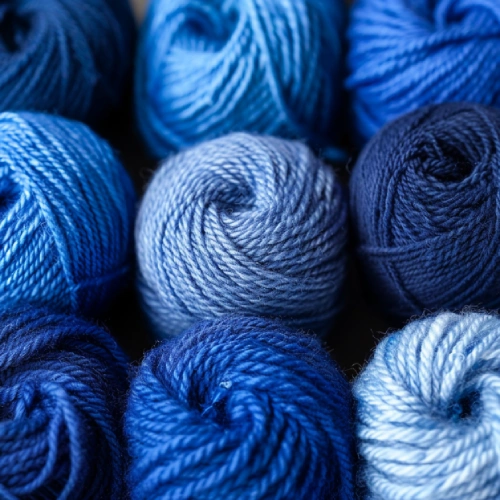
Faded Plastic: How the Sun Affects Colors
When summer arrives, how nice is it to go to the beach and relax? Feeling the sand under your feet, sunbathing on a towel, maybe after a nice swim that leaves you with the taste of salt… How relaxing! However, how many of you have forgotten to put on sunscreen and get a bad sunburn? Come on, it has happened to everyone at least once, especially as kids! What did mom always say? "Put on sunscreen! Don't forget!" And you always ignored her, right? Well, you should know that plastic is like your** skin**: very sensitive to the sun's rays and external agents such as humidity, salt, and dust. Faded plastic could be the result of improper exposure. We at Gaypa are a bit like mom: we need to remind you to use the right products for polymers for outdoor use because even plastic needs UV protection!
Faded Plastic in the Sun: The Causes
When electromagnetic waves (aka the sun's rays) hit a plastic surface, they can damage it. Faded plastic, color changes, cracks, fraying, and deformation are among the most common consequences. This particularly happens when there is a high concentration of high-frequency waves (the infamous UV rays). Focusing on color, the mutation occurs at a molecular level: the light rays that hit a pigment can break the chemical bonds of the chromophore molecules, responsible for coloring. There are various chemical reactions known as photodegradation. The most common is photo-oxidation: the molecules hit by UV rays are excited and become unstable, reacting with the oxygen in the atmosphere. This results in a change in the structure of the chromophore group which, by oxidizing, loses its color properties. Particularly sensitive to this process are pigments containing **carbon **atoms which, as we discussed in our previous article, are defined as organic pigments.
Differences in Solar Radiation Around the World
Another factor to consider is geography. Let's take a practical example. A coffee table in the garden of a house in Iceland, after years of exposure, will have less faded plastic than the same model exposed for the same period of time on the poolside of a hotel in Greece. Why? This is explained by the fact that different areas of the world are affected by solar radiation in very different ways. Therefore the materials come into contact with a quantity of electromagnetic waves which can change greatly from area to area. There are also very interesting charts that show the annual average radiation data for the different areas of the world. The graphs clearly show that the intensity of UV radiation varies with latitude: the closer you get to the Equator, the greater the influence of the Sun, and vice versa as you move towards the Poles.

Faded Plastic: It’s Not Just About the Light!
Sun exposure isn't everything. The plastic of the same coffee table, in fact, might have different aging reactions if it were exposed on the terrace of an apartment in Japan or in the courtyard of a house in Morocco. This is because other factors can also interact with the harsh influence of UV rays and trigger different reactions. Humidity, dust, precipitation, and saltiness are among these elements that crucially affect the healthy maintenance of our products and are often the main cause of faded plastic. So, we shouldn't be surprised if our beach deckchair doesn't hold up as well as the stool we use for camping in the mountains!

Light-Fastness Studies
"Okay Gaypa, it's all clear, but what can I do about it? I need solutions." We know, we're getting to that. There's always a way out, of course, otherwise every year the tropical resort owners would have to replace their outdoor furniture, which would be a real waste! First of all, we need to understand how the materials we intend to use will react when exposed outdoors over the long term. However, we can't just leave our plastic in the light and see what happens, as it might take months for something to occur. Therefore, experts have devised tools for accelerated aging. These are machines that simulate long-term exposure to solar radiation (and some more specific ones also to other meteorological factors). The most commonly used in the study of degradation and faded plastic are machines with UV and Xenon lamps (a very useful element capable of reproducing the solar irradiance spectrum).
The Blue Wool Scale
Once the pigments have undergone the accelerated aging process, they are **classified **based on their exposure resistance times. There are various value scales that have been established over time. The most well-known is the Blue Wool scale. Each pigment has a value ranging from 1 to 8, indicating the color fastness to light. For instance, 1 represents a color that causes faded plastic as soon as it steps outside, while 8 represents a pigment that, after a century of outdoor exposure, remains intact. A curiosity: do you know why it's called the Blue Wool scale? Because this study, carried out at the dawn of pigment analysis for the textile industry, was done with pieces of woolen fabric dyed blue and exposed to the sun for a long time, compared with a carefully preserved sample indoors. Cool, right?

Solution for Faded Plastic: Durable Pigments
From the analyses, it is clearly evident that inorganic pigments have better resistance to light-fastness compared to organic ones. For this reason, they are the best to use in plastic for outdoor applications. Therefore, a solution could be to create masterbatch formulations composed only of inorganic pigments. However, these tend to be less vibrant, so a second alternative could be to create a mix of pigments of different natures, keeping in mind that organic colors will still tend to fade over time. So, it is possible to consider studying a solid inorganic base that can compensate for the faded plastic that would occur in the long term. In any case, it's useful to specify that not all organic pigments have the same degree of vulnerability; some can be treated to improve their resistance.
Solution for Faded Plastic: UV Additives
Another very practical idea is to use UV protection for plastic, i.e. anti-UV additives. These products absorb or reflect UV rays, preventing them from directly affecting the chromophore molecules of the pigments. Some of the most commonly used additives include zinc oxide and titanium dioxide compounds. They create a protective layer on the surface of the plastic, absorbing UV rays and reducing their energy. Basically, they work just like the sunscreen we put on our skin! There are different types, such as UV Absorbers, Light Stabilizers (HALS), and UV Blockers, which involve different chemical reactions, but the concept remains the same: protecting plastic from light degradation. They are incorporated into the plastic during the production phase, and it is important to choose the type that is most compatible with the materials and the final market of our product.
Let's Design Your Outdoor Products Together
Faded plastic is never a good sign. It's not just an aesthetic issue: even the functionality of an object could be altered by sunlight exposure, causing significant safety risks. Always remember to consider the environment in which your products will be used.** Choosing the right pigments and additives** can really make a difference in extending the life of your project and making it a real success. Want to know more?